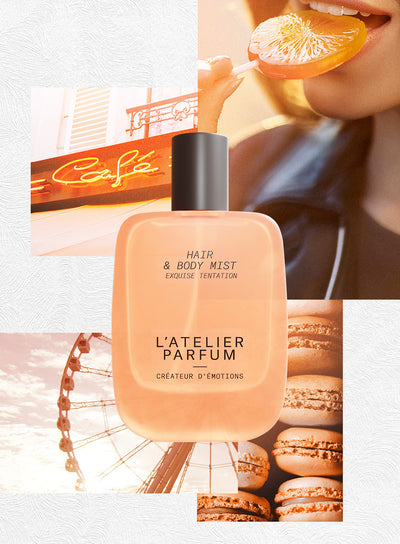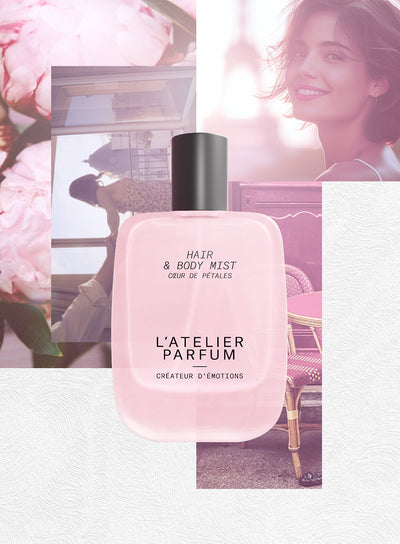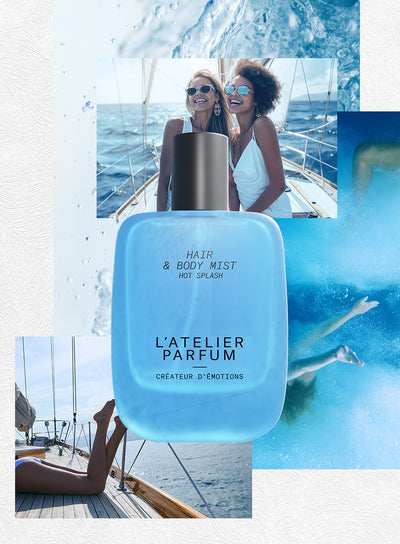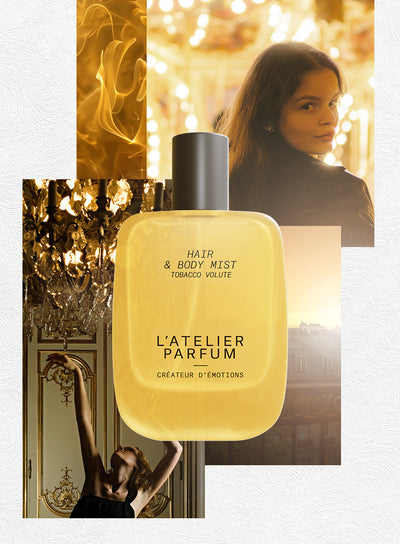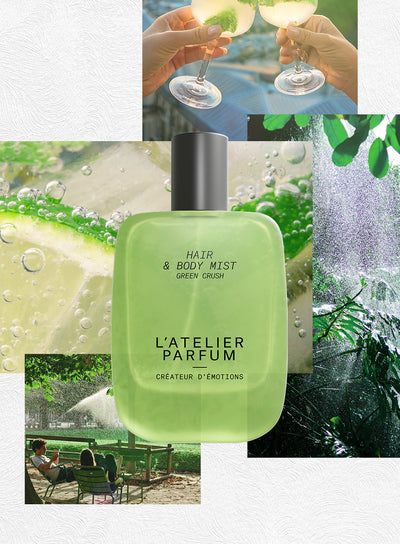- Ingrédients, Rose
- L'Atelier Parfum
Rose in Perfumery: The Eternal Queen of Flowers
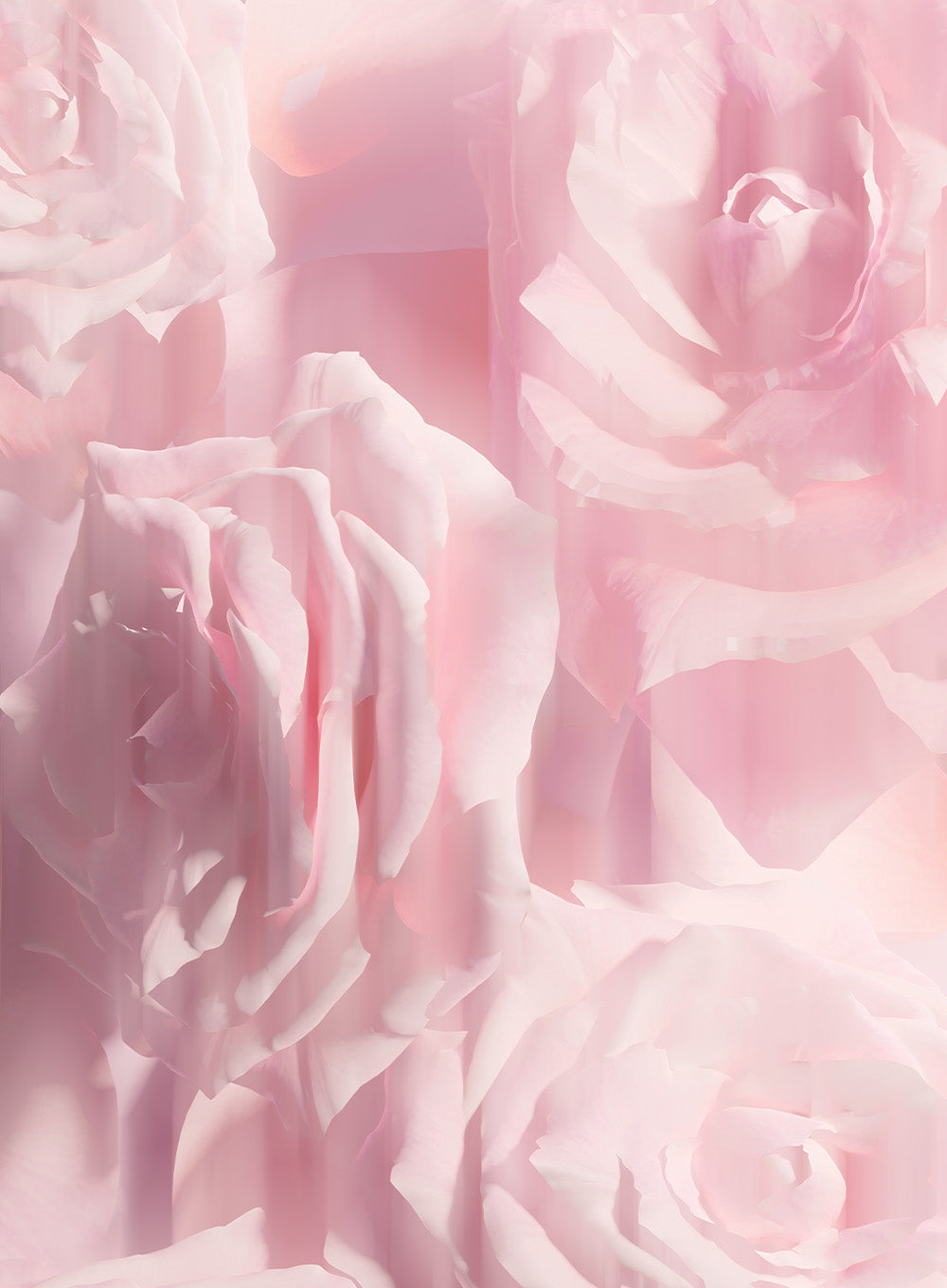
An Iconic Raw Material
A symbol of elegance, femininity, and romance, the rose holds a special place in the world of perfumery. Admired since Antiquity, it is today one of the most prized ingredients for perfumers due to its rich olfactory profile, versatility, and emotional power. Its scent can be fresh, fruity, honeyed, powdery, or even spicy—depending on the variety and the extraction method.
Two types dominate modern perfumery: Centifolia rose, also known as the May rose, and Damask rose, or Rosa Damascena.
Centifolia Rose: A Treasure of Grasse
Picked early in the morning in May, the Centifolia rose is a fragile flower with a lush bloom and a delicately honeyed fragrance. It is the emblem of Grasse, the world capital of perfume. Its yield is extremely low: it takes about 400,000 flowers to produce just one kilo of absolute.
Cherished for its soft, rounded, and waxy facets, it is often found in floral and chypre fragrances, bringing velvety sensuality and a uniquely vintage charm. This is the rose chosen by Chanel for its iconic N°5.
Damask Rose: Power and Complexity
Originally from Damascus, this variety is now mainly grown in Bulgaria, Turkey, and Morocco. One of the most famous regions is Isparta, in Turkey, where the Robertet Group established a sustainable production site in the 1960s, in the village of Senir. Located at 1,000 meters above sea level, the area offers ideal conditions for growing Damascena roses, harvested from mid-May to mid-June.
The scent of the Damask rose is more opulent, spicy, and fruity than that of the Centifolia. Highly prized in oriental compositions, it reveals honeyed, almost leathery facets, perfect for deep and sensual fragrances.
Sustainable Commitment with Robertet
Robertet has undertaken several social and environmental initiatives in this sector:
This commitment helps preserve the rose’s exceptional olfactory quality while ensuring ethical sourcing.
Other Rose Varieties in Perfumery
In addition to Damascena and Centifolia, other lesser-known varieties are also used in perfumery:
A Material of Incredible Complexity
The scent of the rose contains more than 300 aromatic compounds. Its complexity is such that no nose—nor any chemist—has yet managed to replicate it perfectly through synthesis.
It can be used in several forms:
Each method reveals different facets—from the dewy freshness of morning petals to woody, resinous undertones.
The Rose Across Olfactory Families
The rose adapts beautifully to all major fragrance families:
A symbol of elegance, femininity, and romance, the rose holds a special place in the world of perfumery. Admired since Antiquity, it is today one of the most prized ingredients for perfumers due to its rich olfactory profile, versatility, and emotional power. Its scent can be fresh, fruity, honeyed, powdery, or even spicy—depending on the variety and the extraction method.
Two types dominate modern perfumery: Centifolia rose, also known as the May rose, and Damask rose, or Rosa Damascena.
Centifolia Rose: A Treasure of Grasse
Picked early in the morning in May, the Centifolia rose is a fragile flower with a lush bloom and a delicately honeyed fragrance. It is the emblem of Grasse, the world capital of perfume. Its yield is extremely low: it takes about 400,000 flowers to produce just one kilo of absolute.
Cherished for its soft, rounded, and waxy facets, it is often found in floral and chypre fragrances, bringing velvety sensuality and a uniquely vintage charm. This is the rose chosen by Chanel for its iconic N°5.
Damask Rose: Power and Complexity
Originally from Damascus, this variety is now mainly grown in Bulgaria, Turkey, and Morocco. One of the most famous regions is Isparta, in Turkey, where the Robertet Group established a sustainable production site in the 1960s, in the village of Senir. Located at 1,000 meters above sea level, the area offers ideal conditions for growing Damascena roses, harvested from mid-May to mid-June.
The scent of the Damask rose is more opulent, spicy, and fruity than that of the Centifolia. Highly prized in oriental compositions, it reveals honeyed, almost leathery facets, perfect for deep and sensual fragrances.
Sustainable Commitment with Robertet
Robertet has undertaken several social and environmental initiatives in this sector:
- 50% advance payment to ensure stable income for growers.
- Organic farming conversion on 13 to 15 hectares in Senir.
- Upcycling of distillation residues, sorting and composting.
- Awareness campaigns on pesticide use in Turkey, Bulgaria, and Morocco.
This commitment helps preserve the rose’s exceptional olfactory quality while ensuring ethical sourcing.
Other Rose Varieties in Perfumery
In addition to Damascena and Centifolia, other lesser-known varieties are also used in perfumery:
- Rosa gallica: known for its medicinal properties and powdery scent.
- Rosa alba: with a light and airy fragrance, less intense but very delicate.
- Rosa rugosa: cultivated in Asia, offering green, fresh, and contemporary notes.
A Material of Incredible Complexity
The scent of the rose contains more than 300 aromatic compounds. Its complexity is such that no nose—nor any chemist—has yet managed to replicate it perfectly through synthesis.
It can be used in several forms:
- Essential oil: obtained through steam distillation.
- Concrete: a paste produced via solvent extraction.
- Absolute: a highly concentrated form of the concrete.
- Floral water: lighter and more volatile.
Each method reveals different facets—from the dewy freshness of morning petals to woody, resinous undertones.
The Rose Across Olfactory Families
The rose adapts beautifully to all major fragrance families:
- Floral: blended with jasmine or peony.
- Chypre: paired with patchouli and oakmoss.
- Oriental: enhanced by oud, amber, or vanilla.
- Spicy: awakened by cinnamon, saffron, or pink pepper.
Iconic Rose Fragrances
Here are some legendary creations that highlight the rose:
-
- N°5 – Chanel (rose Centifolia)
- Portrait of a Lady – Frédéric Malle
- Rose 31 – Le Labo
- Sa Majesté la Rose – Serge Lutens
- Radical Rose – Matière Première
L’Atelier Parfum Creations
- Rose Coup de Foudre
- Coeur de Pétales
- Dose of Rose
- Belle Joueuse
- Exquise Tentation
- Woodylicious
- Berry Shiver
Conclusion
A floral icon with a thousand faces, the rose continues to captivate both perfumers and perfume lovers. Whether Centifolia or Damascena, it embodies tradition and modernity, softness and strength. At L’Atelier Parfum, we celebrate the rose through subtle, bold, and emotional compositions—just like the people who wear them.
Sources :
Robertet Group
Osmothèque : La mémoire vivante du parfum
NEZ, la revue olfactive – Dossier spécial rose
IFRA – International Fragrance Association
La Grande Histoire du Parfum – Élisabeth de Feydeau

